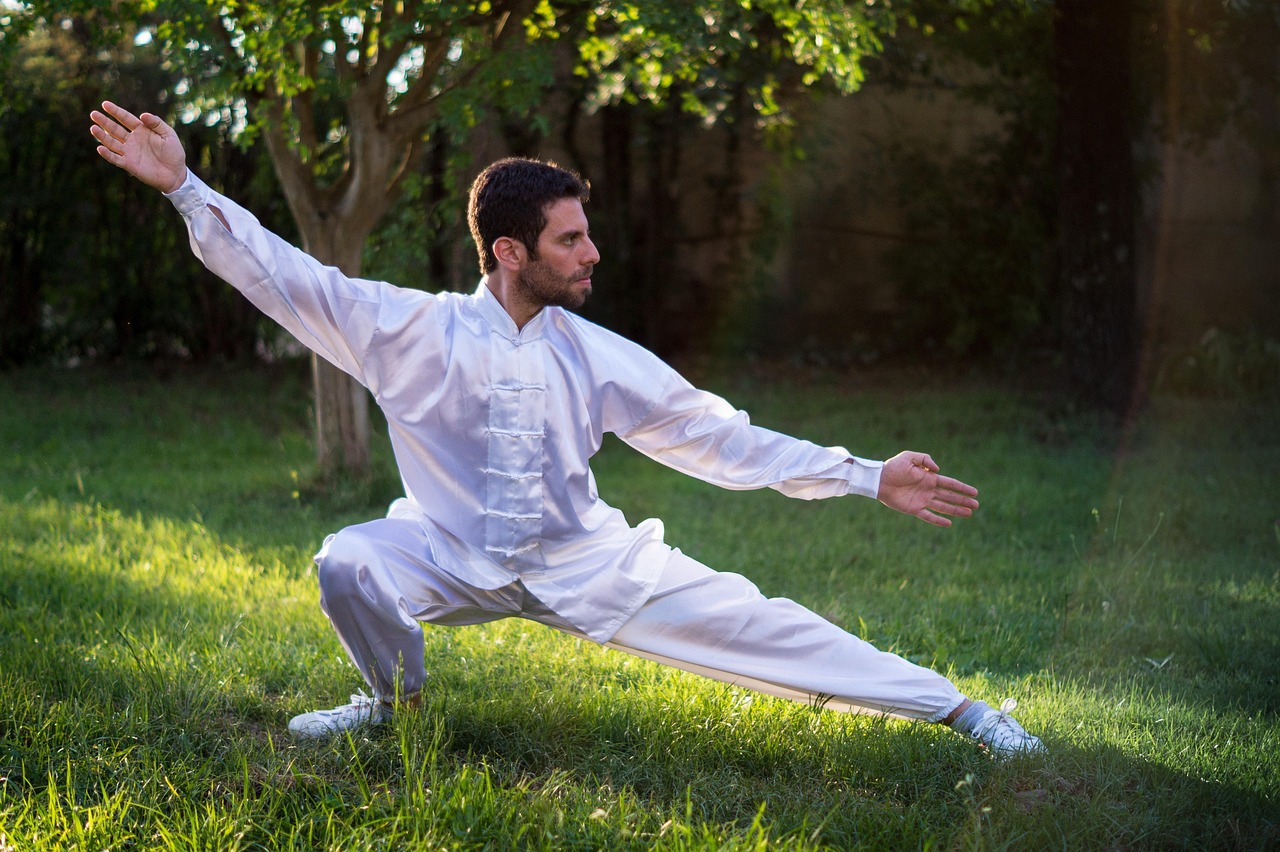Tai Chi - Part 1
The Art of Chinese Martial Arts
Chinese martial arts, also known as Kung Fu or Wushu, have a rich history dating back thousands of years. These ancient fighting styles have captivated people around the world with their beauty, grace, and powerful techniques. In this two-part series, we will delve into the world of Chinese martial arts, exploring its origins, famous styles, and legendary practitioners.
The Origins of Chinese Martial Arts
Chinese martial arts have their roots in the ancient practices of self-defense and military training. Legend has it that the origins of Kung Fu can be traced back to the Yellow Emperor, Huangdi, who reigned over five thousand years ago. Over time, these fighting styles evolved and were influenced by various dynasties, philosophies, and regions, giving rise to a diverse array of martial arts disciplines.
Famous Styles of Chinese Martial Arts
There are numerous styles of Chinese martial arts, each with its unique techniques, forms, and philosophies. Some of the most well-known styles include:
- Shaolin Kung Fu: Originating from the Shaolin Temple, this style is famous for its powerful and dynamic movements.
- Tai Chi: Known for its slow, flowing movements, Tai Chi is practiced for health, meditation, and self-defense.
- Wing Chun: This style focuses on close-range combat and is known for its efficiency and directness.
- Baguazhang: Emphasizing circular movements and swift footwork, Baguazhang is a graceful and evasive style.
Legendary Practitioners
Throughout history, there have been many legendary practitioners of Chinese martial arts who have left a lasting impact on the art form. One of the most famous figures is Wong Fei-hung, a renowned martial artist and physician known for his expertise in Hung Gar Kung Fu. Another iconic figure is Ip Man, who popularized Wing Chun Kung Fu and was the teacher of Bruce Lee.
Stay tuned for Part 2 of our series, where we will explore the philosophy, training methods, and modern-day practice of Chinese martial arts.

